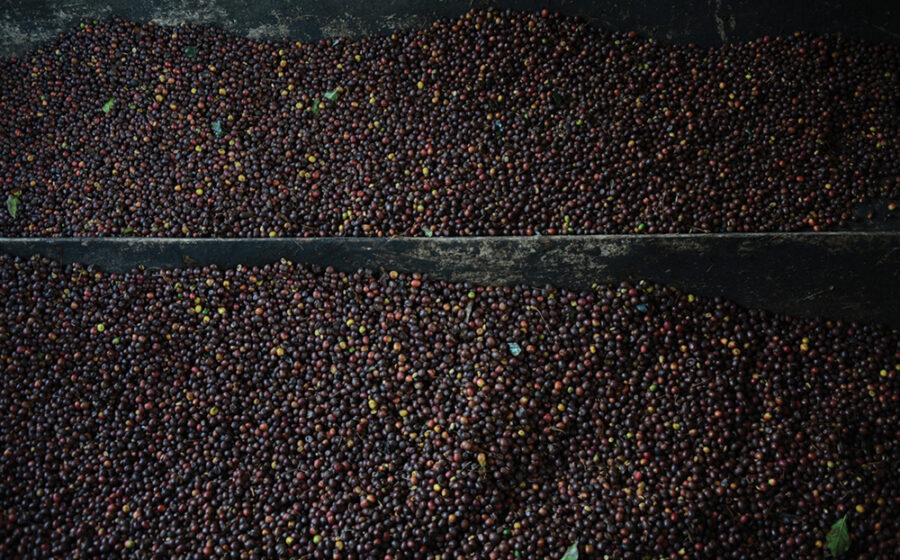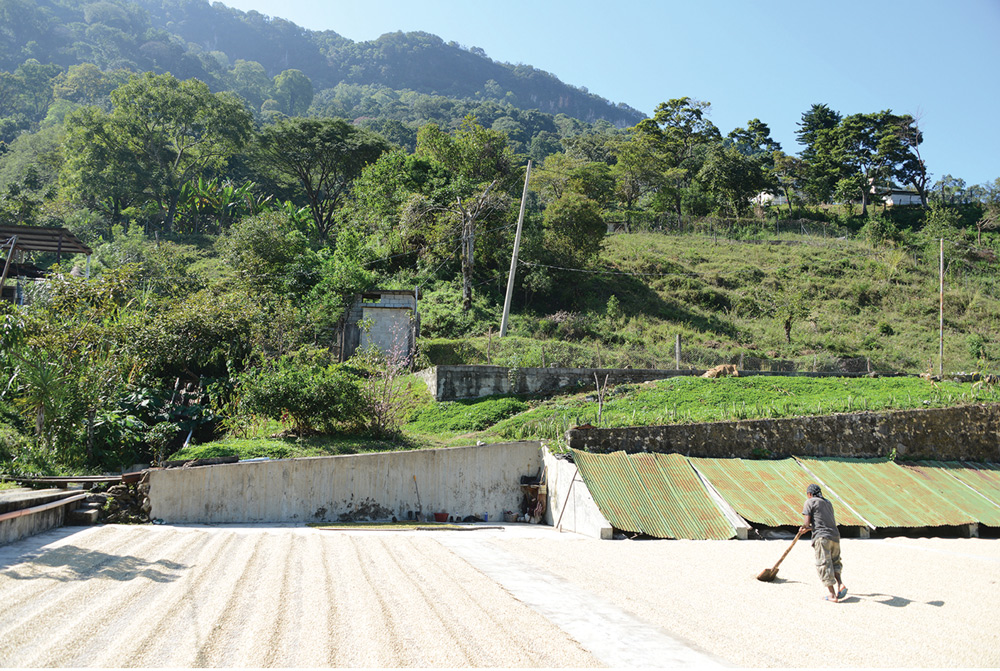[M]y first day on the job at Disneyland obliterated the magic of that park for me. I hadn’t been employed by the company for even an hour when I saw my first character (Goofy) standing around holding his own head in his arms, waiting to go “on stage” to bring joy to the lives of thousands. My life, on the other hand, had been irreparably damaged by this mangled mascot.
Within a week, I had seen things that would have ruined the lives of countless children. Ariel played poker with Cinderella while Prince Charming and Donald Duck had a fry-eating contest nearby. Sleeping Beauty was actually dating Eric, and Prince Phillip didn’t seem to mind at all. There were, at any given time, four to six Mickeys at different places in the park, each one the “only real Mickey Mouse.”
As time passed, the oddity of all of these events became my normal life, and the wonder I felt at the “magic” of Disneyland was replaced with a new sense of wonder at the incredible execution of all of these disparate elements of entertainment. Disneyland is a well-oiled machine that performs fantastically. The sheer scale of the endeavor is mind-blowing. In a lot of ways, it is magic.
Fast-forward fifteen years, to last month, when I stepped out of a truck at Finca El Paternal, a coffee farm on the eastern border of Guatemala, in Huehuetenango. It was my first time on a coffee farm during harvest, and I was eager to see coffee processed with my own eyes.
I’d taught classes about coffee production for years. I knew every step by heart, and could speak with confidence about exactly what happened during each phase in the process. The reality, though, was considerably less magical than I had imagined it.
Where I had pictured smiling women and men carefully selecting each berry with studied expertise at their peak of ripeness, I found whole families gathered around shrubs, working furiously to get the coffee off the branches before it became overripe. Where I had expected to be overwhelmed with the intoxicating fragrances of rich sweet fruit, I smelled the fermenting odor of coffee pulp and skin slowly composting into soil. The water carrying the coffee from place to place in the wet mill was recycled, and wasn’t the pristine mountain spring water I had always pictured in my mind.
In short, it was a farm. It wasn’t a magical coffee theme park where impeccably dressed coffee stewards guided the beans through a wonderland of water and sunshine. It was a place where people work to keep their families alive, and a farm owner toils tirelessly to ensure that her plants are healthy and sustainably cared for so that we can continue to buy her coffee, and she can continue to employ the people in her corner of Guatemala. In a lot of ways, the reality so soundly trumps the imagined world of harvesting that they’re not really comparable. And I’d choose the farm over my imagined theme park every day.

The comparison even extends to our roasters. As a young barista with stars in my eyes, I pictured a lone, grizzled, bearded man in a flannel shirt and overalls hunched over a hulking iron drum like a Norse god of old, bending the flame to his will to roast the coffee as he saw fit. The efficient, production floor reality of larger roasting operations, with people of all sizes and genders doing every job imaginable was a wonderful, eye-opening shock. The world of roasting and production was more diverse and open than I had imagined, and as usual, the reality was better than my feeble imagination.
There is a romance to origin travel, a delightful sense of adventure and mystery. It is a common desire in this industry to go to the source and meet the people who grow the very thing that puts food on your plate and a roof over your head. It feels raw and real. Who wouldn’t want to go on a sunny, tropical journey in the middle of a rain-soaked winter? Who wouldn’t want to feel the glossy leaves of a Typica plant and pop a ripe berry into their mouth?
I’m relatively new to this part of the coffee world, I know. As time passes, the things that surprise me will change and diminish, replaced by new areas of ignorance that I don’t even realize I have. For now, I’m happy to have had the opportunity to see the process happen, and see the people that make it happen.
Disneyland would not be as special without the people. It’s the cast members who make the magic that draws millions of people a year through the gates. Coffee is the same. It’s not special without the tireless work of dozens of people taking care it of it from seed to cup. The reality of that process, even though it’s rougher and less romantic than I imagined, is more beautiful and magical, because unlike Disneyland, it’s real.
—Nathanael May is Portland Roasting’s director of coffee. He is a regular contributor.
















